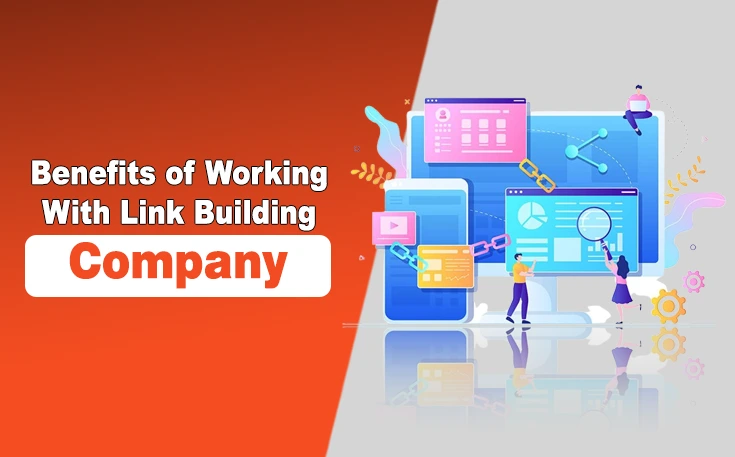Virtual reality training offers employees exciting ways to learn business processes and new skills. Professional skills and complex business processes are learned faster and more effectively by giving workers a chance to practice different training/learning activities in a virtual environment that is safe and immersive as well. This also helps improve retention of learning and workplace productivity. Virtual reality training programs are cost-effective too.
If whether you are a business owner and manager, here are some best practices you can consider to get started with a virtual reality program to get the most out of your training activities.
Benefits Of a Virtual Reality Training Program
Safe Learning Environment
In VR training, employees interact with virtual scenes and environments. Hazards & workplace accidents are reduced to a great extent. This helps organizations make training-related decisions that don’t affect equipment, employees, and customers.
Exciting and Engaging Training Activities
Advanced VR training activities engage learners by catching their attention via exciting learning activities. This not only keeps them engaged in training but also leads to higher skill retention rates.
Realistic Technical Skills Practice
VR is capable of creating any type of real-time equipment, product, or environment to allow learners to practice training activities with simulated objects and environments that appear to be genuine. However, a business may need to hire a renowned VR agency to get custom VR training solutions designed as per their individual training needs and requirements.
Best Practices to Get Started with Virtual Reality Training
Let’s discuss the best practices for businesses and organizations looking to incorporate VR training into their training programs.
Set Your Business Goals Early On
Evaluating your short- and long-term business goals is an integral aspect when it comes to considering a VR training program at your workplace. Evaluating goals and needs that are specific to your business will help your business achieve:
• Recognize the root causes of business operational issues
• Setting up the foundation for implementing VR training as an apt solution
• Establish metrics to measure VR training success
If the business goals you set early on don’t align with the virtual reality training solutions, you should consider a different approach to evaluate goals.

Involve Employees as Much as Possible
Your workers are a valuable asset to your business. This is the reason, it is very much important to involve them before, during, and after VR training. Sending them surveys that determine whether or not they would be comfortable with the virtual training program you are about to implement. You can ask them questions like:
• Are you okay with wearing VR headsets?
• Do you have any recent experience with VR training?
This will help employees involved in the development and implementation of a successful VR training program.
Invest in VR Equipment and Technology That Align with Your Business Budget
When it comes to implementing a new training program, it is important to set a budget plan early on to make deployment easier and effective. Try to get custom VR equipment and solutions as they will boost your organization’s ROI and make training activities more productive.
Research Multiple VR Agencies
Unless your business has an in-house team, you will need to outsource your VR training program-related things like digital devices, software, and video production, etc. Outsourcing VR training gives you a chance to work with highly skilled professionals with a quick turnaround time. This is where you need to hire a reputable VR agency to meet the VR training needs of your organization. Experts suggest researching multiple VR agencies to find out the high-quality services at affordable prices. When searching VR agencies, you should:
• Check out each agency’s portfolio
• Get a quote in advance
• Find out what VR services/devices they offer
• Find client reviews and ratings
Finding the best VR agency for your training program is very much important to your program’s success.
Combine Virtual Reality with Existing Training
Instead of using VR training as a standalone approach, you should incorporate VR training into an existing training program. A variety of VR solutions are available that helps businesses combine VR with other training modules to put employee training into practice and leverage key learning objectives. Combining VR training with existing training allows employees to learn skills and business processes more effectively than ever before.




